Choose a Toothbrush with Fine and Soft Bristles and Tapered Bristles
Fine and soft bristles with tapered ends will help the bristles penetrate into the crevices of the teeth and effectively clean them without causing any harm to the teeth and gums. Softer bristles will also help reduce the force of your brushing action, thereby minimizing any potential damage to your teeth over time.
Look for bristles that taper towards the ends. Gently run the bristles on the inside of your palm, and if it feels smooth and gentle without causing any discomfort, then it’s the right brush for you.
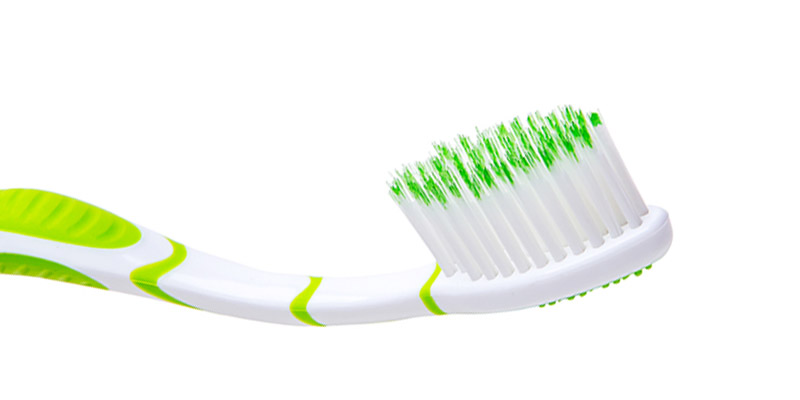
Choose a Toothbrush with a Concave Center
– For those with misaligned or gapped teeth, choosing a toothbrush with a concave center will help you effectively clean your teeth without causing any trauma or gum bleeding. This is a better option compared to a toothbrush with a flat bristle design.
– Flat bristles may not be able to reach into the gaps and crevices of misaligned, crowded, or gapped teeth, requiring you to brush harder and still not achieving a thorough clean.
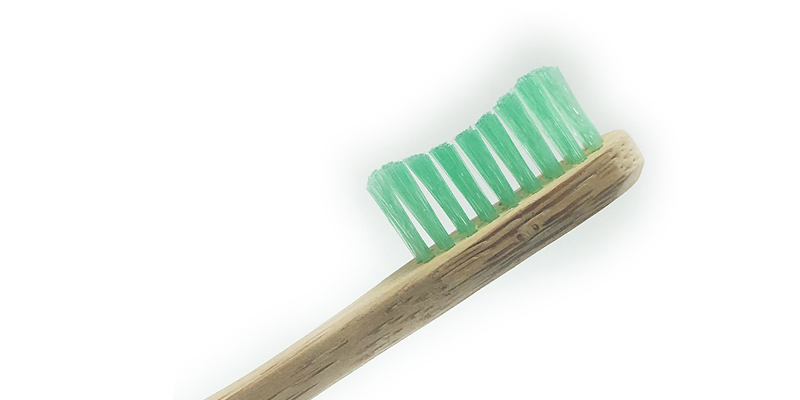
Choose a Toothbrush with a Curved Handle
A curved handle will provide a better grip and reduce the force you exert on your teeth while brushing. Applying too much force over an extended period can lead to tooth misalignment and further exacerbate existing issues like crowding or gapped teeth.
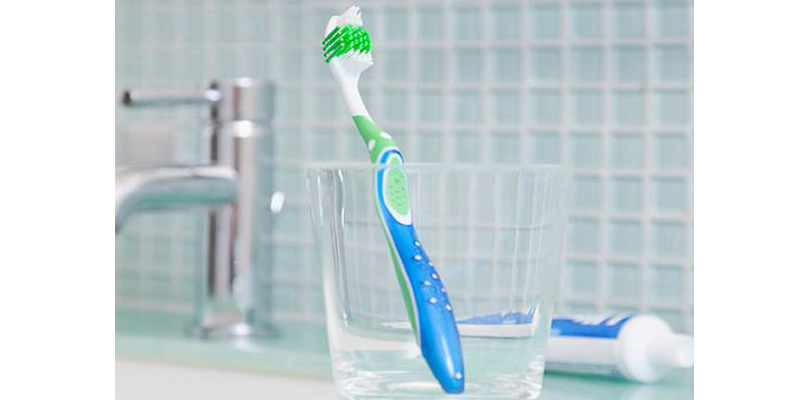
Choose a Toothbrush with a Head Size That Fits Your Mouth
– Many people believe that a larger brush head will clean their teeth better, but this is a misconception, especially for those with misaligned teeth. A larger brush head means that the bristles on the sides will rub against your gums or the insides of your mouth, and brushing too hard can lead to gum bleeding and sores.
– On the other hand, a brush head that is too small will not be able to clean your teeth effectively and will take more time. Dentists recommend choosing a brush head size that fits your mouth comfortably and allows you to reach all areas of your teeth.

For further reading: Check out our comprehensive guide to oral care at home
Recommended Toothbrushes for Misaligned Teeth
Here are some recommended toothbrushes specifically designed for individuals with misaligned teeth:
Colgate’s super slim bristle design, measuring only 0.01mm, ensures a thorough clean even in the hardest-to-reach areas. The toothbrush also features a rubber-padded handle for a secure and comfortable grip.
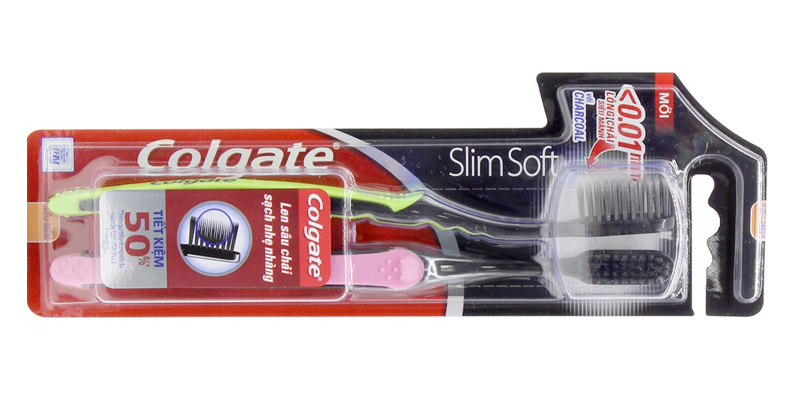
As the name suggests, this toothbrush is designed with soft bristles and a unique handle that allows for easy maneuverability, even in tight spaces. It gently cleans sensitive areas without causing any discomfort, making it a great option for those with misaligned teeth.
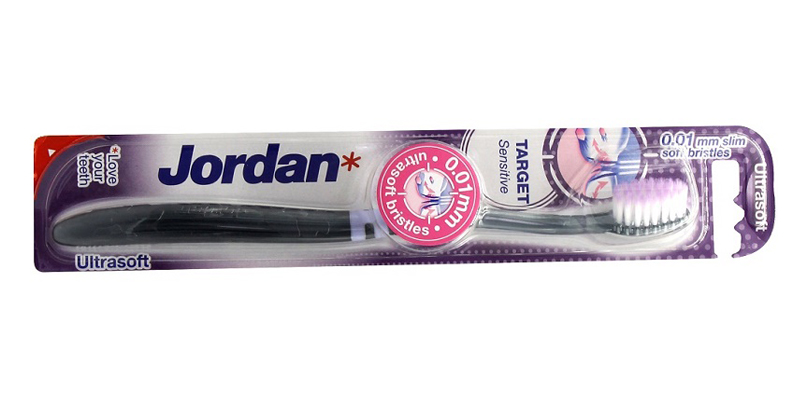
This toothbrush boasts a perfect combination of ultra-fine, soft bristles, a curved neck with three bends, and a flexible, small handle. These features work together to provide a superior cleaning experience, effectively removing plaque and bacteria, and promoting better oral health.
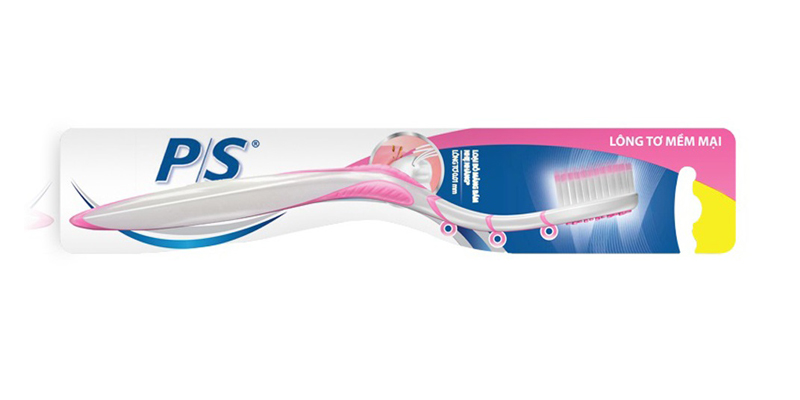
All of these products are available at our store. Visit us to choose the right toothbrush for you and achieve a healthy, white, and straight smile. In addition to traditional toothbrushes, you can also explore our range of for a deeper clean.































